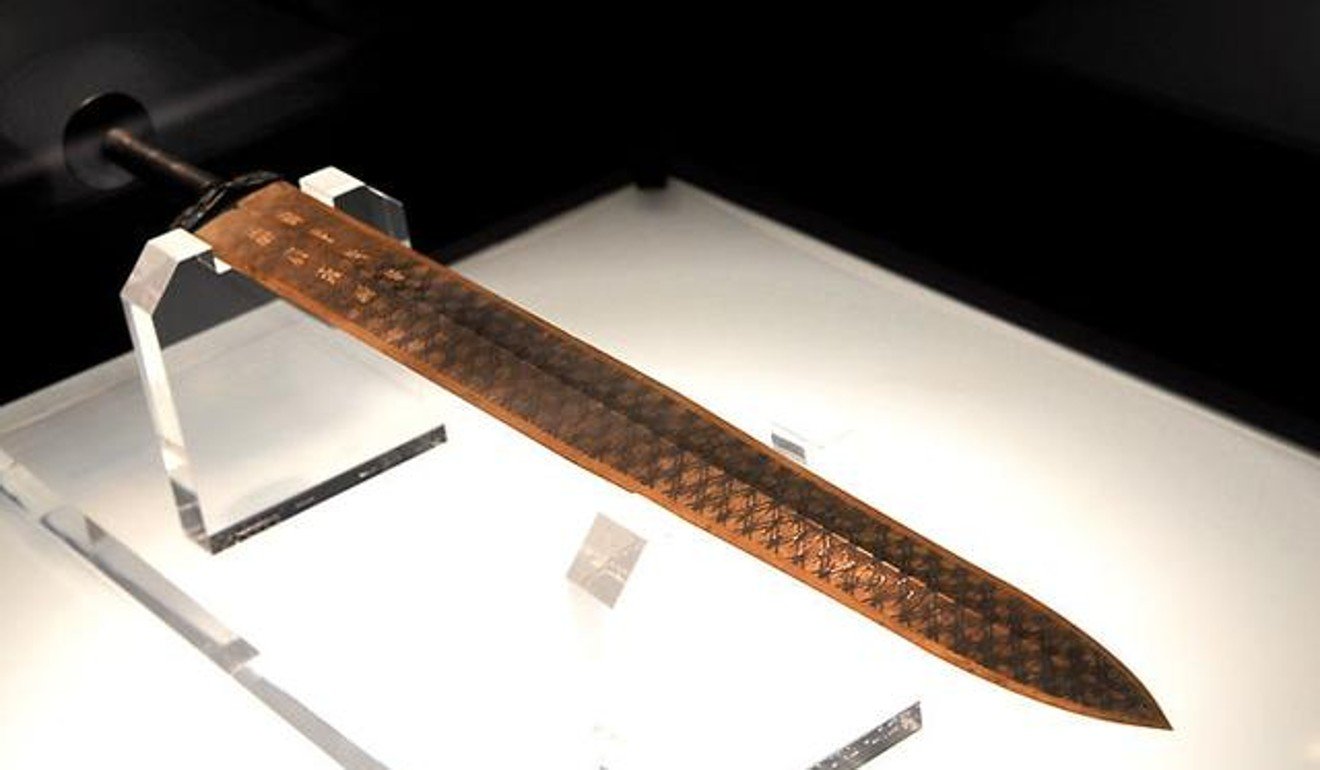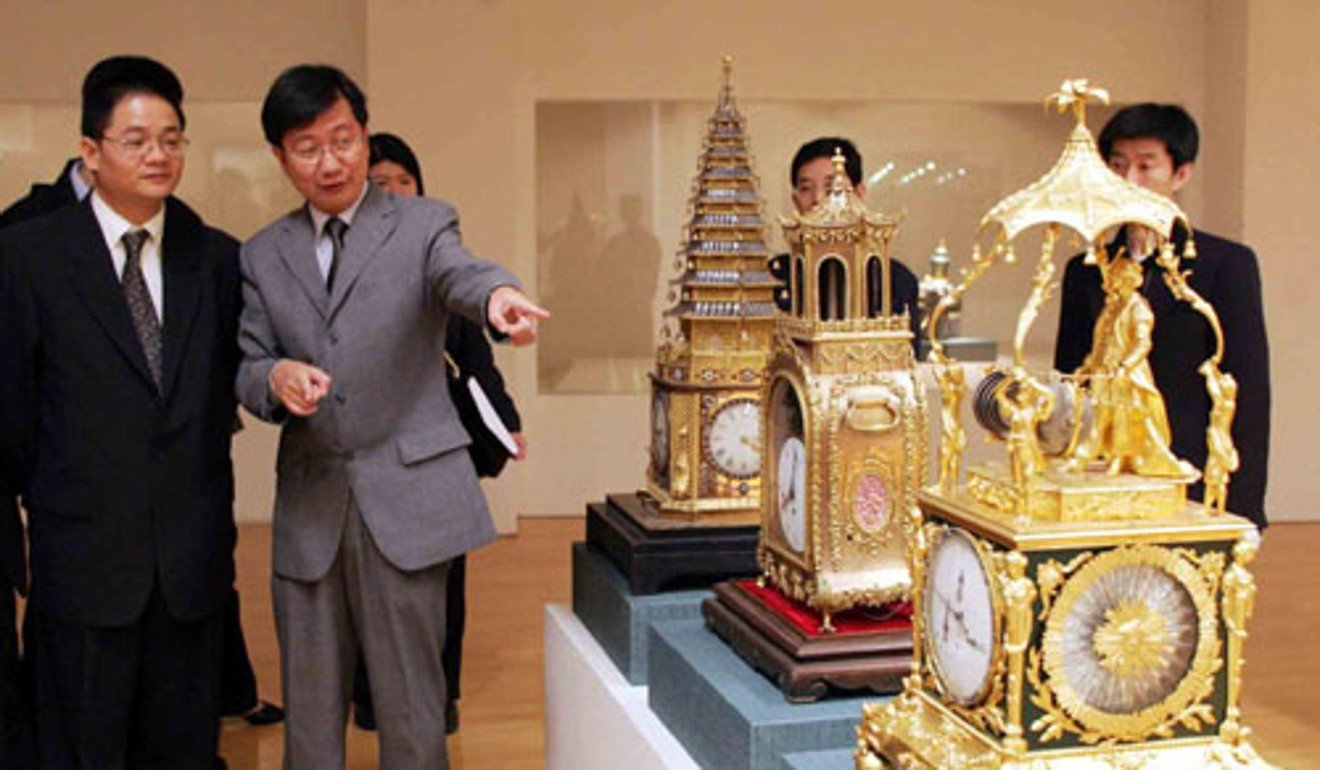
Not just in America ... other Chinese relics damaged on loan in Singapore, Japan and Taiwan
Damage caused to one of the world-famous terracotta warriors while on display in the United States has caused a furore in China in recent weeks.
Delaware resident Michael Rohana, 24, has been charged with theft after he allegedly broke off a thumb on one of the statues, which are over 2,000 years old, and put it in his pocket while visiting the Franklin Institute in Philadelphia.
It is not the first time artworks on loan have been vandalised or seriously damaged around the world, including a woman spraying red paint at the Mona Lisa while it was on loan at a museum in Tokyo in 1974.
Here are some other mishaps that have befallen Chinese artworks and cultural relics on loan over the years:
1. Another terracotta warrior
This statue was seriously damaged while it was on display at a museum in Osaka in 1983.
The exhibition about the terracotta warrior statues buried with the Emperor Qin Shi Huang attracted more than a million visitors during the two months the show was on, Chinese newspaper the Legal Evening News reported.
One visitor, however, climbed over a fence and smashed a display cabinet housing one of the statues, badly damaging it.
Japan’s foreign affairs ministry later formally apologised for the incident.
2. A 2,400-year-old sword
The Sword of Goujian was forged from bronze more than 2,000 years ago and was loaned for display in Singapore in 1994.
The sword formed part of a Sino-Singapore cultural exchange, but when the exhibition ended a workman accidentally banged the weapon as he was withdrawing it from a case, the Beijing Daily reported.
The damage was slight – a crack 7mm long – but there was uproar in China with some media saying the sword had been vandalised.

However, the sword was never allowed outside the country again in the next two decades and in 2013 it was put on a list of cultural relics barred from loan overseas.
The sword is now kept at the Hubei Provincial Museum, a decision reportedly made for security reasons.
3. Antique clock and fan
Two artefacts were damaged while they were shipped from Beijing’s Forbidden City Museum to Taiwan in 2003.
A clock and fan made during the reign of the Emperor Qianlong in the 18th century were loaned to the Kaohsiung Museum of Fine Arts.

Controversy arose because the Taiwanese authorities later ruled that the shipping company should only pay compensation based on the items’ weight rather than value, a move described as ridiculous by one Chinese scholar.
Repair fees of US$70,000 were later awarded to the Beijing imperial museum.
4. Stone coffin
A stone coffin dating back around 1,400 years attracted wide attention in China last year after visitors spotted that it had been damaged after it was shipped abroad multiple times.
The coffin was unearthed in northern Shanxi province in 1999 and it was selected as one of China’s top 10 archaeological discoveries that year.
The coffin belonged to Yu Hong, who was a senior official during the Sui dynasty (AD581-AD618).
Visitors at the Shanxi Provincial Museum noticed in November the coffin’s edge was damaged.
The curator of the museum, Zhang Yuancheng, wrote that the damage had been caused by the coffin being moved abroad for exhibition several times.
“From 2004 to 2008, the Yu Hong stone coffin was exhibited in the United States, Hong Kong, Japan and South Korea,” the official wrote. “Due to frequent overseas travel, different climates in these regions and different exhibition environments; in addition to the technological limits in packing and moving this relic, several places along its edge were damaged.”
No damage was caused during its display in other museums from 2013 to 2017, Zhang wrote.
Another official said they would be more cautious in future when exhibiting any artefacts overseas.

